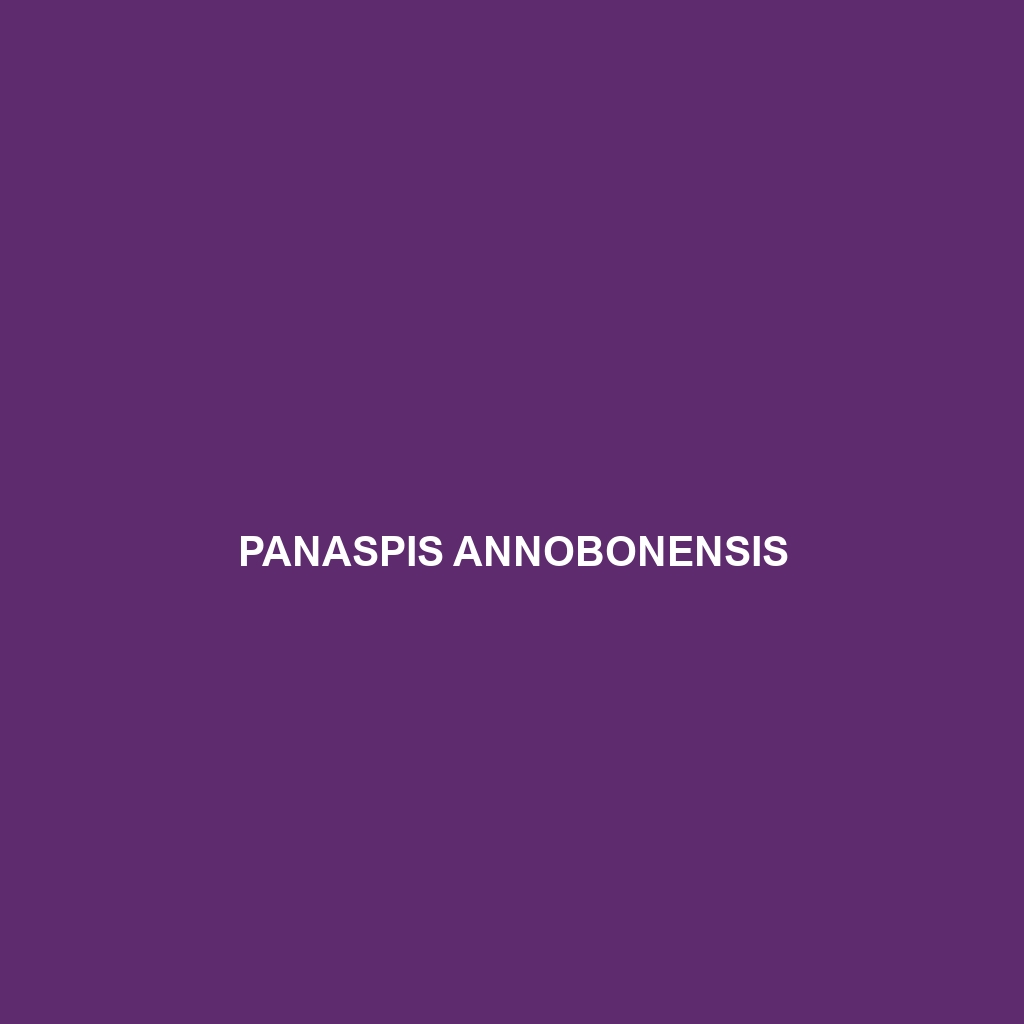Common Name
Panaspis annobonensis
Scientific Name
Panaspis annobonensis
Habitat
The Panaspis annobonensis, commonly known as the Annobón skink, is primarily found in the Annobón Island, located off the coast of Equatorial Guinea in Central Africa. This island is characterized by its tropical climate, which includes warm temperatures and high humidity levels throughout the year. The skink thrives in a variety of habitats on the island, such as rainforests, where dense foliage provides ample cover and food sources. Additionally, it can be spotted in other areas including coastal regions, often close to marine habitats, and occasionally in savannas that offer a mosaic of forest and grassland. The unique ecosystem of Annobón Island, with its mix of tropical environments, serves as a crucial habitat for the skink’s survival.
Physical Characteristics
The Panaspis annobonensis exhibits several distinctive physical traits that make it easily identifiable. Generally, it can grow to a length of about 10 to 20 centimeters, with a slender body and elongated limbs that help it navigate through complex vegetation. The coloration of the skin varies, typically featuring a light brown or greenish hue with darker blotches. This coloration allows the skink to blend seamlessly into its natural environment, serving as an effective camouflage against predators. Another unique feature is its smooth scales which contribute to its streamlined appearance, enabling it to move swiftly in its habitat.
Behavior
The behavior of Panaspis annobonensis is quite fascinating. These skinks are primarily diurnal, meaning they are active during the day. They are known for their quick movements, often darting between rocks and foliage to avoid predators. Socially, they are mostly solitary creatures, although they may engage in brief interactions during mating seasons. Their mating rituals are particularly intriguing, involving elaborate displays and movements to attract mates. Notably, these skinks exhibit a form of nocturnal behavior as well, where some individuals may be observed foraging during the cooler night hours to evade extreme daytime heat.
Diet
Panaspis annobonensis is classified as an insectivore, primarily feeding on a diet consisting of various insects and arthropods found within the ecosystems of Annobón Island. Common food sources include ants, beetles, and other small invertebrates. The skink has developed specialized foraging techniques to hunt for its food, often using its keen vision to spot prey quickly. Occasionally, it may also consume plant material, which categorizes it as a facultative omnivore; hence its diet can sometimes vary based on food availability.
Reproduction
The reproductive cycle of Panaspis annobonensis typically occurs during the wet season when resources are abundant. Mating usually takes place in the spring, with females laying clutches of 2 to 4 eggs in hidden nests beneath leaf litter or in crevices to protect them from potential predators. The gestation period lasts about 6 to 8 weeks, after which the hatchlings emerge fully formed. These juvenile skinks display excellent survival instincts from an early age, as they are capable of hunting small insects shortly after birth. Parental care is minimal, with the mothers often leaving the eggs to fend for themselves.
Conservation Status
Currently, the Panaspis annobonensis is assessed as endangered due to habitat loss resulting from deforestation and human encroachment on their natural habitats. The limited geographic range of Annobón Island exacerbates conservation challenges, as these skinks are highly susceptible to ecological changes. Efforts are being made to raise awareness and implement conservation programs aimed at preserving their natural environment, although significant obstacles remain in ensuring the long-term survival of the species.
Interesting Facts
One interesting fact about Panaspis annobonensis is that it has developed an unusual ability to use its environment to its advantage when threatened. When approached by predators, these skinks can remain motionless, utilizing their camouflage as a defense mechanism. Additionally, they have been observed displaying vibrant colors during courtship, which adds to their uniqueness. Such adaptations not only help them survive but also capture the attention of researchers and nature enthusiasts alike.
Role in Ecosystem
The Panaspis annobonensis plays a crucial role in its ecosystem, contributing to the balance of the food web within its habitat. As an insectivore, it helps control insect populations, preventing overpopulation and subsequent damage to vegetation. Furthermore, by serving as prey for larger predators, these skinks are integral in supporting the biodiversity of their ecosystems. Their presence in the tropical forests of Annobón Island signifies a healthy environment, illustrating the interconnectedness of various species in sustaining ecological balance.
